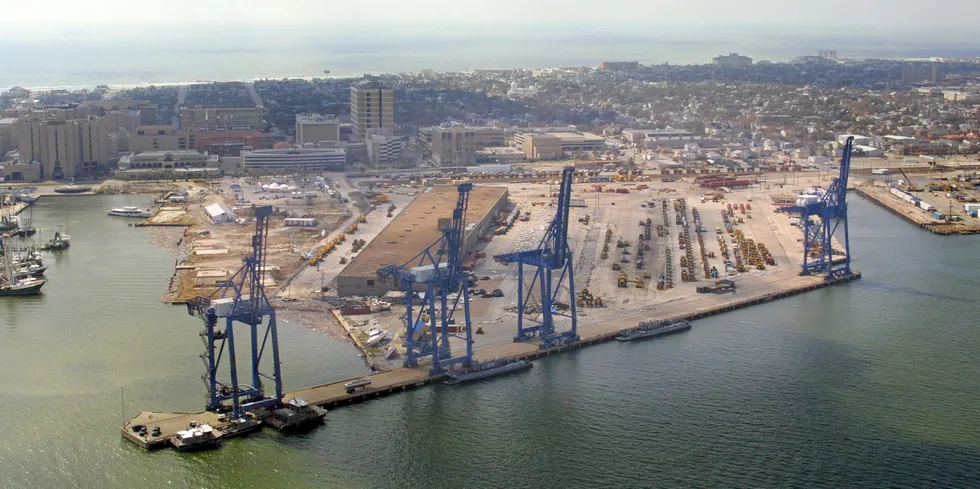Green hydrogen could fuel Gulf of Mexico wind build as 'logical next step' in US offshore: Aegir
Offshore oil province's lower wind speeds and uncertain coastal state governors could be overstepped by need for broad industrial decarbonisation, says Danish analyst group
